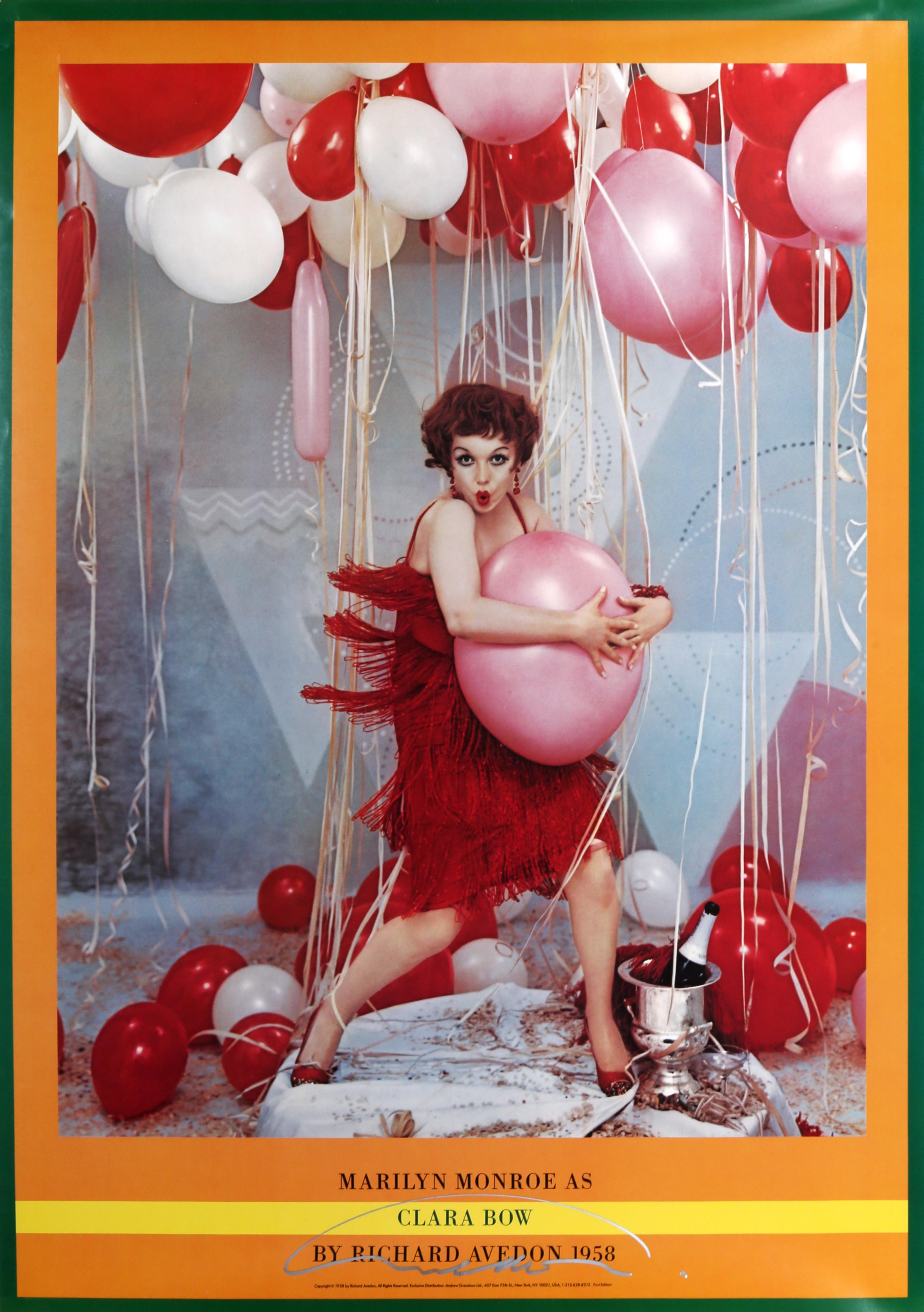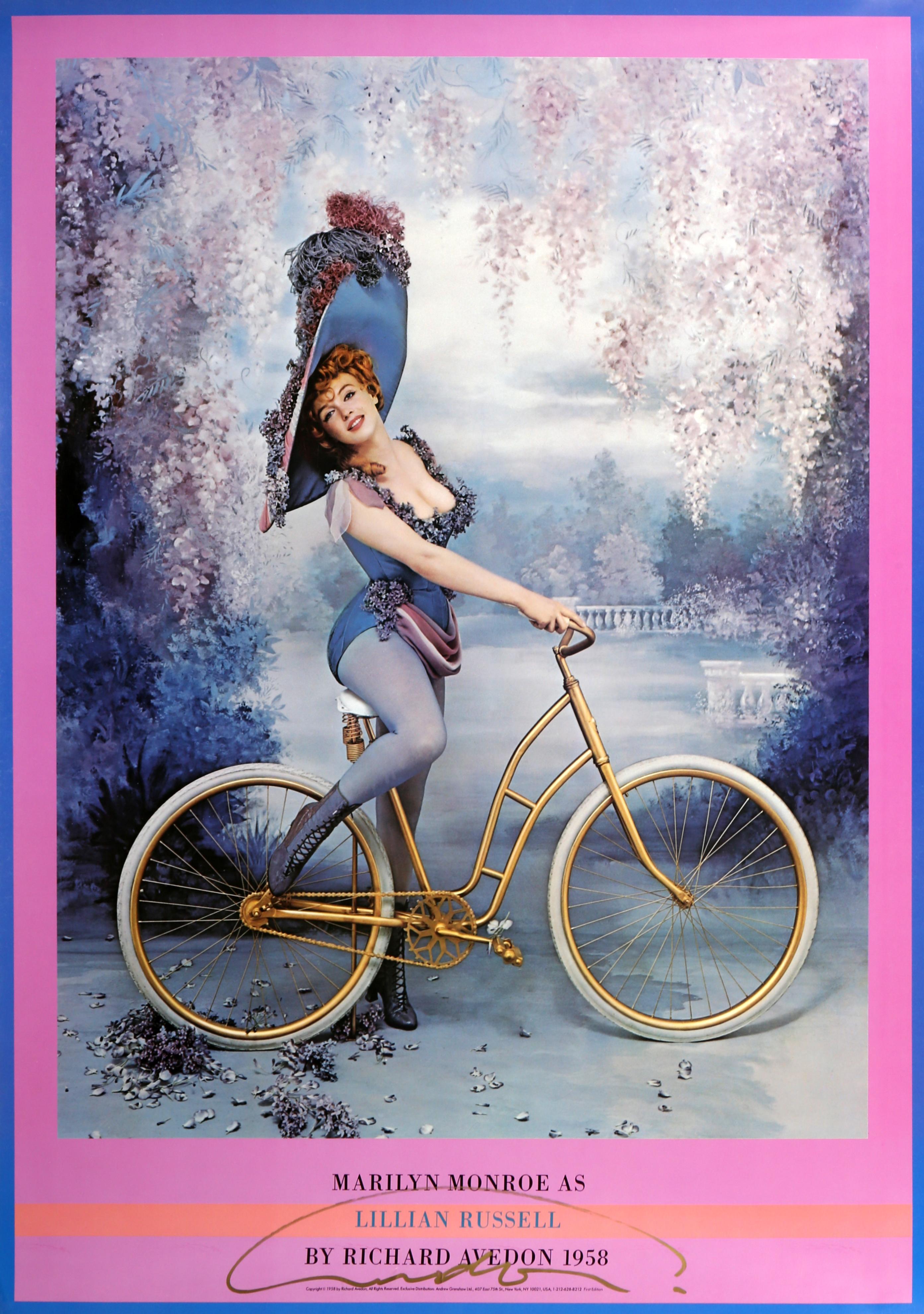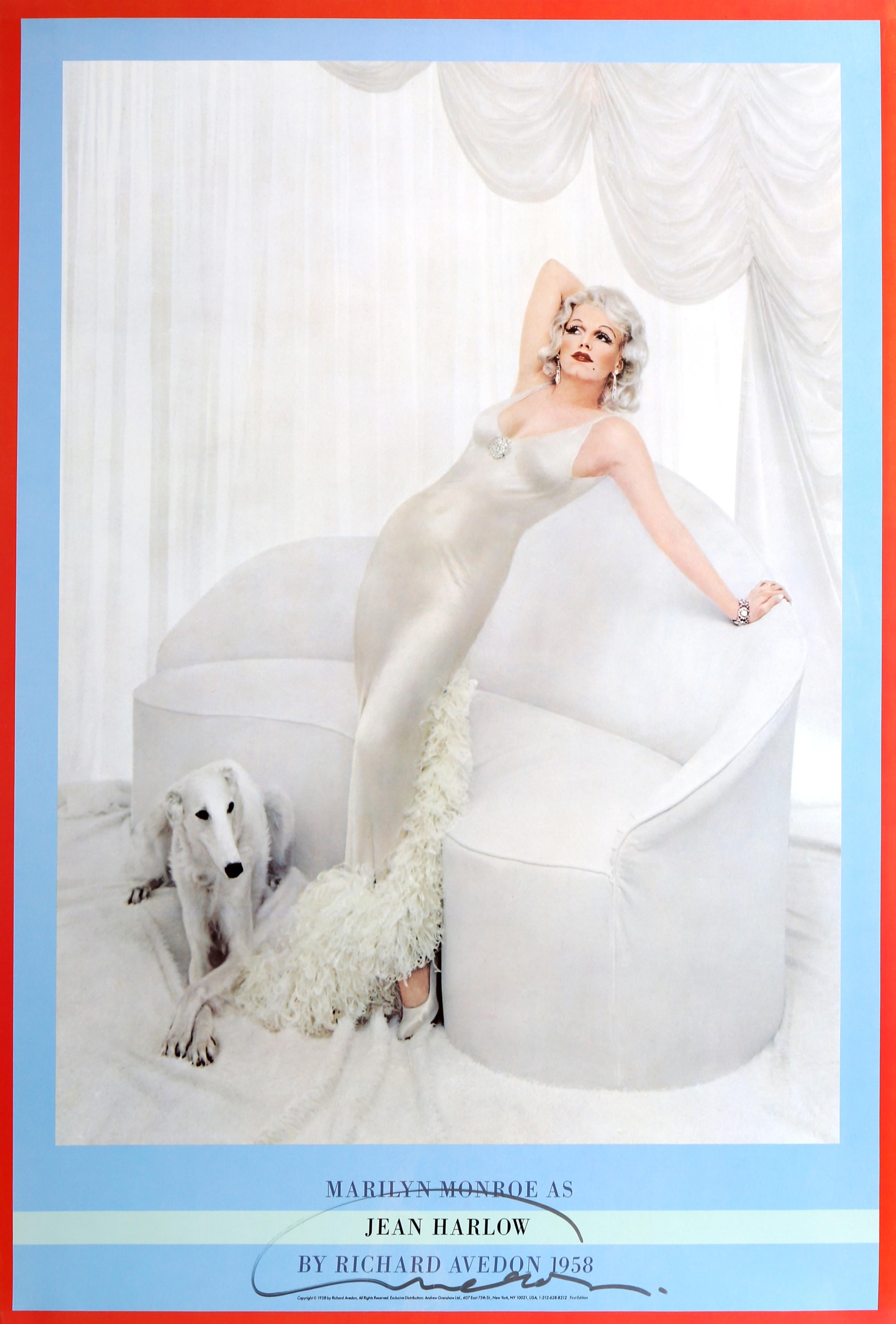Items Similar to Portfolio of 20 Prints by Rafael Coronel
Want more images or videos?
Request additional images or videos from the seller
Rafael CoronelPortfolio of 20 Prints by Rafael Coronel1978
1978
About the Item
Artist: Rafael Coronel (after), Mexican (1931 - )
Title: Galeria de Arte Misrachi
Year: 1978
Medium: Portfolio of 20 Offset Lithographs, each signed in the plate
Edition Size: 2000
Paper Size: 24.5 x 19 inches (62.23 x 48.26 cm)
In original portfolio box with lithographed cover image, cover sheet and colophon.
Printer: Litografos Unidos, S.A., Mexico
Publisher: Galeria de Arte Misrachi, S.A., Mexico
- Creator:Rafael Coronel (1932 - 1985, Mexican)
- Creation Year:1978
- Dimensions:Height: 24.5 in (62.23 cm)Width: 19 in (48.26 cm)
- Medium:
- Movement & Style:
- Period:
- Condition:
- Gallery Location:Long Island City, NY
- Reference Number:1stDibs: LU4667819412
About the Seller
4.8
Platinum Seller
These expertly vetted sellers are 1stDibs' most experienced sellers and are rated highest by our customers.
Established in 1979
1stDibs seller since 2014
2,703 sales on 1stDibs
Typical response time: <1 hour
- ShippingRetrieving quote...Ships From: Long Island City, NY
- Return PolicyA return for this item may be initiated within 7 days of delivery.
More From This SellerView All
- Marilyn Monroe as Jean Harlow, Poster signed by Richard AvedonBy Richard AvedonLocated in Long Island City, NYRichard Avedon was an American fashion and portrait photographer who's work often showed the vulnerability and humanity in celebrities. This poster is signed in marker. Published by ...Category
1980s Post-Modern Figurative Prints
MaterialsOffset
- Marilyn Monroe as Lillian Russell, Poster signed by Richard AvedonBy Richard AvedonLocated in Long Island City, NYRichard Avedon was an American fashion and portrait photographer who's work often showed the vulnerability and humanity in celebrities. This poster is signed in marker. Published by ...Category
1980s Post-Modern Figurative Prints
MaterialsOffset
- Marilyn Monroe as Jean Harlow , Poster signed by Richard AvedonBy Richard AvedonLocated in Long Island City, NYRichard Avedon was an American fashion and portrait photographer who's work often showed the vulnerability and humanity in celebrities. This poster is signed in marker. Published by ...Category
1980s Post-Modern Figurative Prints
MaterialsOffset
- Marilyn Monroe as Theda Bara, Poster signed by Richard AvedonBy Richard AvedonLocated in Long Island City, NYRichard Avedon was an American fashion and portrait photographer who's work often showed the vulnerability and humanity in celebrities. This poster is signed in marker. Published by ...Category
1980s Post-Modern Figurative Prints
MaterialsOffset
- "Marilyn Monroe" Screenprint on Canvas by Dganit BlechnerBy Dganit BlechnerLocated in Long Island City, NYArtist: Dganit Blechner, Israeli (1957 - ) Title: Marilyn Monroe Medium: Screenprint on Canvas, signed and numbered in marker verso Edition: 2/8 Size: 27.5 x 47 in. (69.85 x 119.38 ...Category
Late 20th Century Post-Modern Figurative Prints
MaterialsScreen, Canvas
- The Psychiatrist, signed etching by Charles BraggBy Charles BraggLocated in Long Island City, NYArtist: Charles Bragg, American (1931 - 2017) Title: Psychiatrist Medium: Etching, signed, numbered, and titled in pencil Edition: 300 Image Size: 6 x 9 inches Paper Size: 11 x 15 i...Category
Late 20th Century Post-Modern Figurative Prints
MaterialsEtching
You May Also Like
- Desiree CalderonBy Agent XLocated in Kansas City, MOAgent X Title : Desiree Calderon Year: 2019 Medium: Digital Print Signed Edition: 125 70 x 70 inches Agent X, cultural explorer and agent of the unknown, is an emerging artist who c...Category
2010s Post-Modern Prints and Multiples
MaterialsLithograph, Offset
- Original "Student Winter in Poland with Amatur" vintage travel and ski posterLocated in Spokane, WAOriginal “Student Winter in Poland with Almatur” horizontal Polish poster. Travel and tourism office of the Socialist Union of Polish Students”. This travel poster is archival lin...Category
1970s Post-Modern Figurative Prints
MaterialsOffset
- The Talmudists Post Soviet Non Conformist Avant Garde Judaica LithographBy Alek RapoportLocated in Surfside, FLDimensions w/Frame: 18.5 X 14.5 Alek Rapoport (November 24, 1933, Kharkiv, Ukraine SSR – February 4, 1997, San Francisco) was a Russian Nonconformist artist, art theorist and teacher. Alek Rapoport spent his childhood in Kiev (Ukraine SSR). During Stalin's "purges" both his parents were arrested. His father was shot and his mother spent ten years in a Siberian labor camp. Rapoport lived with his aunt. At the beginning of World War II, he was evacuated to the city of Ufa (the Bashkir Autonomous Soviet Socialist Republic). A time of extreme loneliness, cold, hunger and deprivation, this period also marked the beginning of Rapoport's drawing studies. After the war, Rapoport lived in Chernovtsy (Western Ukraine), a city with a certain European flair. At the local House of Folk Arts, he found his first art teacher, E.Sagaidachny (1886–1961), a former member of the nonconformist artist groups Union of the Youth (Soyuz Molodyozhi) and Donkey's Tail, popular during the 1910s–1920s. His other art teacher was I. Beklemisheva (1903–1988). Impressed by Rapoport's talent, she later (1950) organized his move to Leningrad, where he entered the famous V.Serov School of Art (the former School of the Imperial Society for the Promotion of Arts, OPKh, later the Tavricheskaya Art School). His association with this school lasted eight years, first as a student, and then, from 1965 to 1968, as a teacher. With "Socialist realism" the only official style during this time, most of the art school's faculty had to conceal any prior involvement in non-conformist art movements. Ya.K.Shablovsky, V.M.Sudakov, A.A.Gromov introduced their students to Constructivism only through clandestine means. (1959–1963) Rapoport studied stage design at the Leningrad Institute of Theater, Music and Cinema under the supervision of the famous artist and stage director N.P.Akimov. Akimov taught a unique course based on theories of Russian Suprematism and Constructivism, while encouraging his graduate students to apply their knowledge to every field of art design. Despite differences in personal artistic taste with Akimov, who was drawn to Vermeer and Dalí, Rapoport was influenced by Akimov's personality and liberalism, as well as the logical style of his art. In 1963, Rapoport graduated from the institute. His highly acclaimed MFA work involved the stage and costume design for I.Babel's play Sunset. In preparation, he traveled to the southwest regions of the Soviet Union, where he accumulated many objects of Judaic iconography from former ghettos, disappearing synagogues and old cemeteries. He wandered Odessa in search of Babel's characters and the atmosphere of his books. He organized a new liberal course in technical aesthetics, introducing his students to Lotman's theory of semiotics, the Modulor of Le Corbusier, the Bauhaus school, Russian Constructivism, Russian icons and contemporary Western art. As a result of his "radicalism," Rapoport was fired for "ideological conspiracy." He sought to cultivate himself as Jewish artist. This became particularly noticeable after the Six-Day War, when the Israeli victory led intellectuals, including the Jewish intelligentsia, to feel a heightened interest in Jewish culture and its Biblical roots. Rapoport's works of this period include Three Figures, a series of images of Talmudic Scholars, and works dealing with anti-Semitism. In the 1970s Rapoport joined the non-conformist movement, which opposed the dogmas of "Socialist realism" in art, along with Soviet censorship. The movement sought to preserve the traditions of Russian iconography...Category
1970s Post-Modern Figurative Prints
MaterialsLithograph
- The Rabbi 1977 Soviet Non Conformist Avant Garde PrintBy Alek RapoportLocated in Surfside, FLDimensions w/Frame: 25 3/4" x 20 3/4" Alek Rapoport (November 24, 1933, Kharkiv, Ukraine SSR – February 4, 1997, San Francisco) was a Russian Nonconformist artist, art theorist and teacher. Alek Rapoport spent his childhood in Kiev (Ukraine SSR). During Stalin's "purges" both his parents were arrested. His father was shot and his mother spent ten years in a Siberian labor camp. Rapoport lived with his aunt. At the beginning of World War II, he was evacuated to the city of Ufa (the Bashkir Autonomous Soviet Socialist Republic). A time of extreme loneliness, cold, hunger and deprivation, this period also marked the beginning of Rapoport's drawing studies. After the war, Rapoport lived in Chernovtsy (Western Ukraine), a city with a certain European flair. At the local House of Folk Arts, he found his first art teacher, E.Sagaidachny (1886–1961), a former member of the nonconformist artist groups Union of the Youth (Soyuz Molodyozhi) and Donkey's Tail, popular during the 1910s–1920s. His other art teacher was I. Beklemisheva (1903–1988). Impressed by Rapoport's talent, she later (1950) organized his move to Leningrad, where he entered the famous V.Serov School of Art (the former School of the Imperial Society for the Promotion of Arts, OPKh, later the Tavricheskaya Art School). His association with this school lasted eight years, first as a student, and then, from 1965 to 1968, as a teacher. With "Socialist realism" the only official style during this time, most of the art school's faculty had to conceal any prior involvement in non-conformist art movements. Ya.K.Shablovsky, V.M.Sudakov, A.A.Gromov introduced their students to Constructivism only through clandestine means. (1959–1963) Rapoport studied stage design at the Leningrad Institute of Theater, Music and Cinema under the supervision of the famous artist and stage director N.P.Akimov. Akimov taught a unique course based on theories of Russian Suprematism and Constructivism, while encouraging his graduate students to apply their knowledge to every field of art design. Despite differences in personal artistic taste with Akimov, who was drawn to Vermeer and Dalí, Rapoport was influenced by Akimov's personality and liberalism, as well as the logical style of his art. In 1963, Rapoport graduated from the institute. His highly acclaimed MFA work involved the stage and costume design for I.Babel's play Sunset. In preparation, he traveled to the southwest regions of the Soviet Union, where he accumulated many objects of Judaic iconography from former ghettos, disappearing synagogues and old cemeteries. He wandered Odessa in search of Babel's characters and the atmosphere of his books. He organized a new liberal course in technical aesthetics, introducing his students to Lotman's theory of semiotics, the Modulor of Le Corbusier, the Bauhaus school, Russian Constructivism, Russian icons and contemporary Western art. As a result of his "radicalism," Rapoport was fired for "ideological conspiracy." He sought to cultivate himself as Jewish artist. This became particularly noticeable after the Six-Day War, when the Israeli victory led intellectuals, including the Jewish intelligentsia, to feel a heightened interest in Jewish culture and its Biblical roots. Rapoport's works of this period include Three Figures, a series of images of Talmudic Scholars, and works dealing with anti-Semitism. In the 1970s Rapoport joined the non-conformist movement, which opposed the dogmas of "Socialist realism" in art, along with Soviet censorship. The movement sought to preserve the traditions of Russian iconography and the Constructivist/Suprematist style of the 1910s. Despite the authorities' persecutions of nonconformist artists (including arrests, forced evictions, terminations of employment, and various forms of routine hassling), they united in a group, "TEV – Fellowship of Experimental Exhibitions." TEV's exhibitions proved tremendously successful. In the same period, Rapoport became one of the initiators of another anti-establishment group, ALEF (Union of Leningrad's Jewish Artists). In the United States this group was known as "Twelve from the Soviet Underground." Rapoport's involvement with this group increased tension with the authorities and attracted KGB scrutiny, including "friendly conversations," surveillance, detentions and house arrests. It became increasingly dangerous for him to live and work in the USSR. In October 1976, Rapoport with his wife and son were forced to leave Russia. In Italy, Rapoport exhibited at the Venice Biennale, "La Nuova Arte Sovietica-Una prospettiva non-ufficiale" (1977), participated in television programs about nonconformist art in the Soviet Union, and created lithographic works continuing his theme of Jewish characters from Babel's play Sunset. In 1977, Rapoport's family was granted U.S. immigration status and settled in San Francisco. a significant event in Rapoport's life occurred in his meeting with San Francisco gallery owner Michael Dunev, who became his friend and representative, organizing all his exhibitions until the artist's death. Toward the end of the 1980s and beginning of the 1990s, Rapoport completed his most ambitious works on the theme of the Old Testament prophets: Samson Destroying the House of the Philistines (1989), Lamentation and Mourning and Woe (1990), the four paintings Angel and Prophets (1990–1991) and Three Deeds of Moses (1992). In 1992, the artist's friends in St. Petersburg organized the first exhibition of his works there since his departure into exile, with works patiently gathered from collectors and art museums. This exhibition, held in the City Museum of St. Petersburg and accompanied by headlines such as "A St. Petersburg artist returns to his town," was followed by much larger ones in 1993 (St. Petersburg and Moscow), organized in collaboration with Michael Dunev Gallery under the name California Branches – Russian Roots. He Exhibited in "Soviet Artists, Jewish Themes...Category
1970s Post-Modern Figurative Prints
MaterialsLithograph
- "Cheveaux Et Cavalier (Horse & Rider) VI, " Lithograph signed by Marino MariniBy Marino MariniLocated in Milwaukee, WI"Cheveaux Et Cavalier (Horse & Rider) VI (Black, Red, Blue, White)" is an original color lithograph signed in pencil by the artist Marino Marini in the lower right. Reference: Guasta...Category
1970s Post-Modern Animal Prints
MaterialsLithograph
- General Idea "Ursa Major and Taurus"By General IdeaLocated in Toronto, OntarioGeneral Idea formed in 1967 in Toronto and over the next nearly 30 years made a remarkable contribution to post-modern art. Their body of work combines provocative or banal imagery with wit and irony, creating subversive cultural critiques on a wide range of topics from the role of the artist in society to the AIDS crisis. Two of the members, Felix Partz and Jorge Zontal died of AIDS in 1994. Its surviving member, AA Bronson...Category
1980s Post-Modern Figurative Prints
MaterialsColor
Recently Viewed
View AllMore Ways To Browse
Vintage Galeria
Printers Box
Coronel Rafael
The Magic Flute
Green Rose Picture
Dancing Couple Sculpture
Ink Sketch Woman
Chagall Original Etching
Built In Wall System
Hares Antiques
Grant Wood Lithographs
St Leger
The Problem We All Live With
Vintage Heart Keys
Used Castle Bed
Vintage Hippie Art
Calder Exhibition Poster
Figural Sculpture Christian





